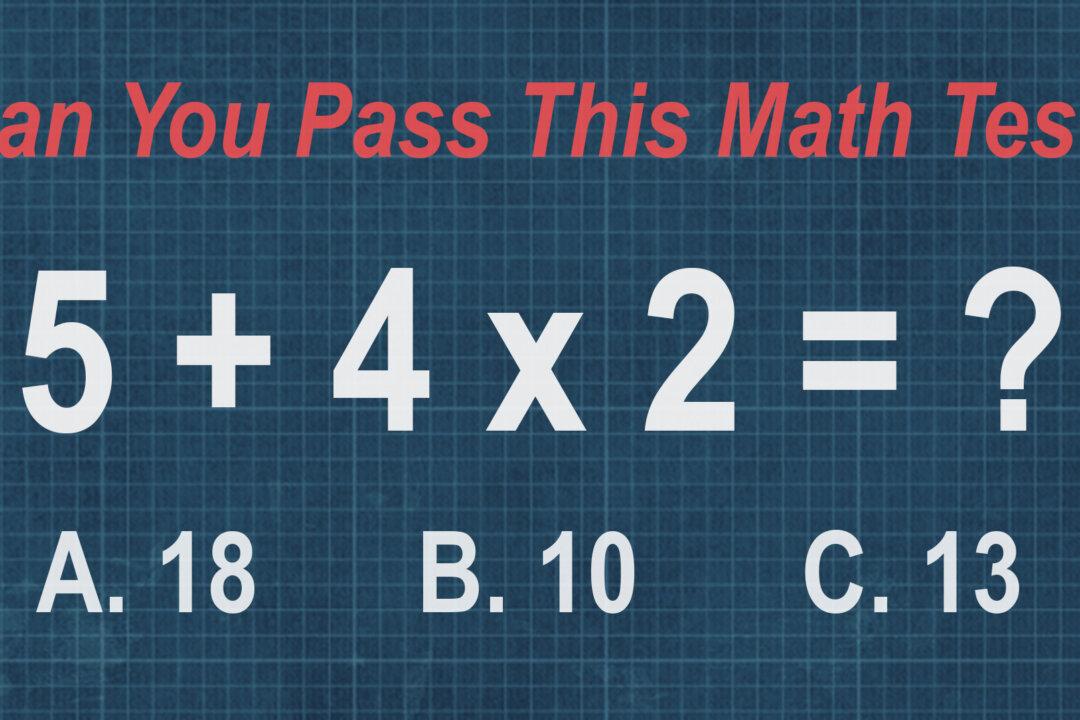As many people in the United States are spending unprecedented time at home during this pandemic crisis, it’s easy to feel overwhelmed by the situation. But if the situation is getting you down, did you know that math just might be able to help?
Today, we'll give you a deceptively difficult math problem that will warm your brain up and then tell you how doing more math could help fight the symptoms of depression and anxiety.





